Chile de ristra, a traditional string of dried red chilies, is a cornerstone of Southwestern culture that serves both culinary and decorative purposes. This article provides comprehensive guidance on selecting, using, and caring for chile de ristra, including its historical significance, cooking applications, and decorative uses.
Whether you're a home cook looking to add authentic Southwestern flavor to your dishes or a decorator seeking rustic charm, this guide covers everything you need to know about chile de ristra.
What Exactly is Chile de Ristra?
"Chile de ristra" literally translates to "string of chiles" in Spanish. Traditionally made from dried red chilies—often New Mexico or Anaheim varieties—these strings are hung both indoors and outdoors. While they're often associated with decoration, they serve a dual purpose: they look great AND add depth and heat to countless dishes.
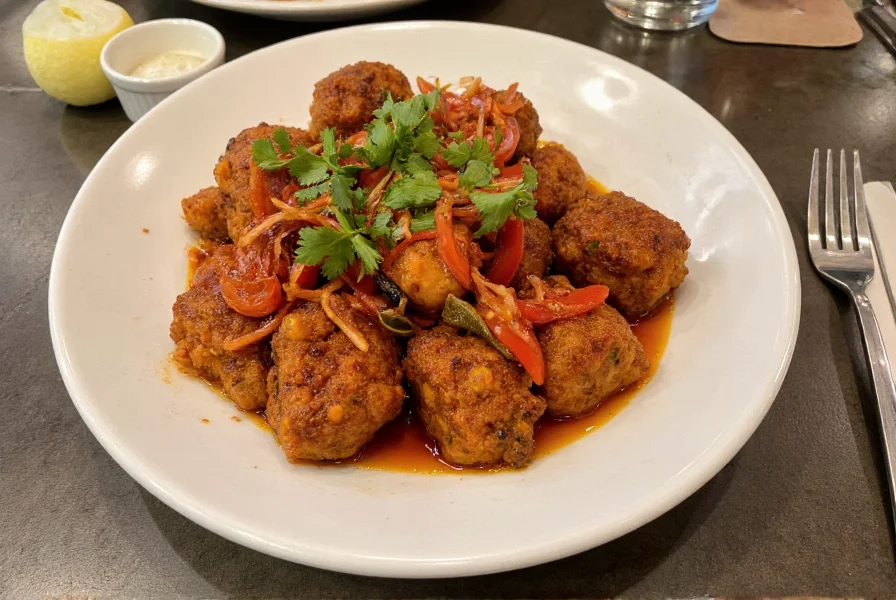
Chile de ristra is not just any string of peppers—it's a symbol of tradition, hospitality, and flavor in Southwestern U.S. culture. From New Mexico to parts of Texas and Arizona, these strings are proudly displayed during festivals, holidays, and throughout the year.
A Dash of History: The Roots of Ristra Culture
The tradition of drying chiles in strings dates back centuries, long before refrigeration and modern preservation methods. Indigenous peoples of the Southwest discovered that by air-drying chilies, they could preserve them for months—and even years—with minimal loss of flavor.
Ristras became more than just a way to store food; they evolved into symbols of good luck, prosperity, and protection. Some cultures believed that the bright red color would ward off evil spirits, while others simply appreciated their visual appeal and utility.
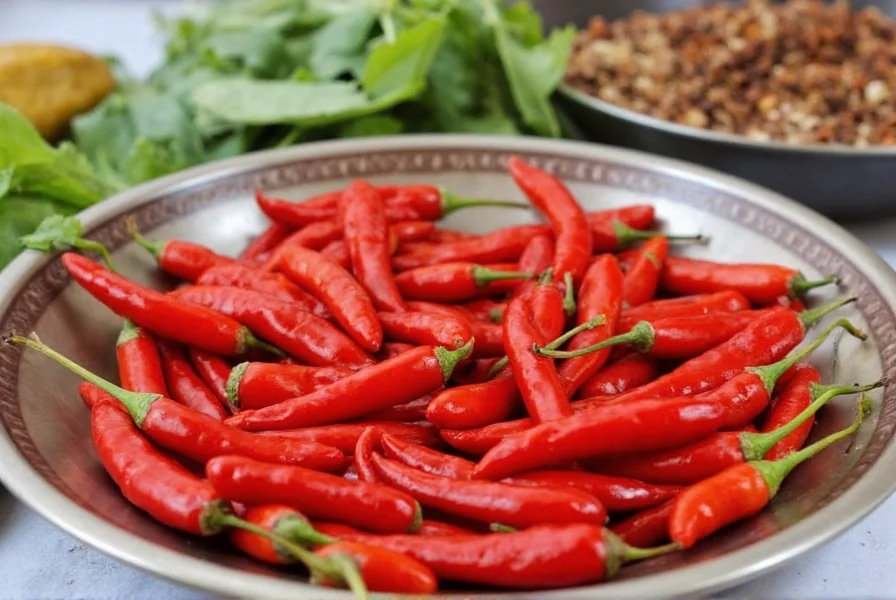
How to Use Chile de Ristra in Your Cooking
If you've got a ristra hanging around (pun intended!), don't let it gather dust. Those peppers can bring a lot more than curb appeal to your life. Here's how you can make the most of your chile de ristra in the kitchen:
- Rehydrate & Roast: Soak the dried chilies in warm water for 20–30 minutes until softened, then roast or blend into sauces.
- Grind Into Powder: After drying, grind them into a homemade chili powder to add smoky heat to soups, stews, or rubs.
- Add Whole to Dishes: Throw one or two pods into simmering beans or braises for background heat—you can remove them later if desired.
- Make Adobo or Mole: These dried chilies are essential in many Mexican and Southwestern mole sauces, lending a deep, earthy flavor.
- Infuse Oils or Vinegars: Add complexity to oils or vinegar by steeping whole chilies in them for a few weeks.
Ristra as Decoration: More Than Just Spice
Chile de ristra isn't just a spice—it's also a staple in Southwestern décor. Whether draped over doorways, wrapped around columns, or hung near fireplaces, ristras add a pop of natural color and rustic charm.
Here are some fun ways to use ristra decoratively:
- Wedding Décor: Popular in rustic and destination weddings in the Southwest.
- Holiday Accents: Perfect for autumn or Christmas displays, especially when paired with gourds, corn stalks, or pinecones.
- Home Entryway Statement: Hang above your front door for a traditional welcome vibe.
- Kitchen Wall Accent: Functional yet stylish—place where spices are stored for a thematic touch.
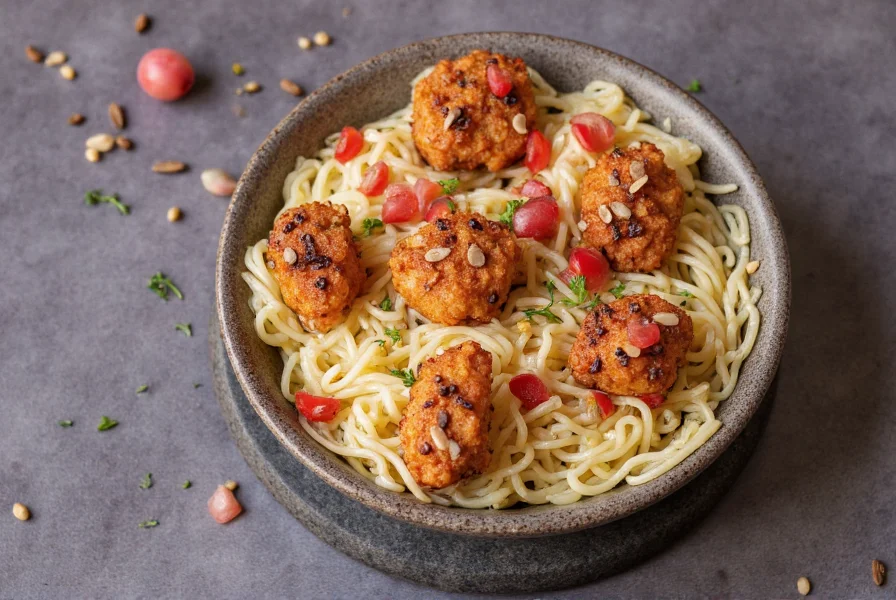
Buying Guide: Choosing the Best Chile de Ristra
When purchasing a ristra, consider both appearance and usability. Here's what to look for:
| Feature | Description | Why It Matters |
|---|---|---|
| Color | Bright red, uniform hue | Indicates proper drying and ripeness |
| Size | Consistent pod length (about 4–6 inches) | Affects flavor and usability |
| Dryness | Firm to the touch without moisture | Prevents mold and ensures longevity |
| Smell | Earthy, slightly smoky aroma | Freshness indicator |
| Stringing Quality | Tightly woven, evenly spaced pods | Durability and aesthetic appeal |
Recommended Brands:
- Santa Fe Organics: Known for sustainably grown and hand-strung ristras.
- Desert Pepper Co.: Offers heirloom variety ristras with superior flavor profiles.
- Old Pueblo Gourmet: Ideal for those looking for organic, non-GMO options.
Red vs. Green Chile de Ristra: What's the Difference?
You might wonder why most ristras are red rather than green. The answer lies in both flavor and function. Here's a breakdown:
| Aspect | Red Chile Ristra | Green Chile Ristra |
|---|---|---|
| Maturity | Fully ripe | Unripe |
| Flavor | Sweet, smoky, earthy | Grassy, vegetal, sharp |
| Heat Level | Moderate | Varies (can be hotter) |
| Uses | Cooking, decoration, storage | Fresh roasting, salsas, shorter-term use |
| Shelf Life | Longer due to drying | Shorter, requires refrigeration |
While green chiles are delicious fresh or roasted, they don't dry as well as red ones and tend to lose potency quickly. Hence, red chile de ristra remains the preferred choice for stringing.

Top 5 Recipes You Can Try with Chile de Ristra
- Homemade Red Chile Sauce: Simmer rehydrated ristra chiles with garlic, onion, and spices for a classic Southwestern sauce.
- Spiced Bean Stew: Toss a few whole chiles into your next pot of black beans for a subtle kick.
- Chili Oil Infusion: Infuse oil with sliced ristra chilies to drizzle over grilled meats or noodles.
- Chile Dust Rub: Grind dried ristra into a fine powder and mix with cumin, salt, and pepper for a smoky barbecue rub.
- Roasted Veggie Medley: Toss vegetables with olive oil and broken pieces of ristra chilies before roasting.
How to Care for Your Ristra
To keep your ristra looking and tasting great, follow these simple care tips:
- Store Properly: Keep in a cool, dry place away from direct sunlight.
- Avoid Moisture: High humidity can lead to mold, so avoid kitchens with high steam exposure unless the ristra is sealed.
- Refresh When Needed: If they start to lose aroma, toast lightly in a dry pan to revive flavor.
- Rotate Seasonally: Replace every 1–2 years for optimal freshness and appearance.

What is chile de ristra?
Chile de ristra refers to strings of dried chile peppers, traditionally hung for both decorative and culinary purposes. The term literally translates to "string of chiles" in Spanish. These are typically made from dried red chilies, often New Mexico or Anaheim varieties, and serve as both a visual element in Southwestern decor and a practical way to store and use dried chiles in cooking.
How do you pronounce "ristra"?
"Ristra" is pronounced "REE-strah" (with the emphasis on the first syllable). It comes from the Spanish word for "string" or "garland."
What's the difference between red and green chile de ristra?
Red chile de ristra is made from fully ripe chiles that have been dried, giving them a sweet, smoky, earthy flavor with moderate heat. Green chile ristras are much less common because green chiles are unripe and don't dry as well. Green chiles have a grassier, more vegetal flavor and can be hotter than their red counterparts, but they have a much shorter shelf life.
How long do chile ristras last?
When properly stored in a cool, dry place away from direct sunlight, chile ristras can maintain their quality for 1-2 years. After this time, they may begin to lose their vibrant color and flavor potency. For culinary use, it's best to replace them every year or so for optimal flavor.
Can you eat chile de ristra?
Absolutely! Chile de ristra is not just decorative. The dried chilies can be rehydrated and used in sauces, ground into powder, added whole to dishes for subtle heat, or used to infuse oils and vinegars. Just make sure they've been stored properly and show no signs of mold before using them in cooking.
How do you make your own chile de ristra?
To make your own chile de ristra, select mature red chilies (New Mexico or Anaheim varieties work well), wash and dry them thoroughly, then thread them onto string or twine through the stems. Hang them in a warm, dry, well-ventilated area to dry completely. This process typically takes 2-4 weeks. For traditional ristras, the chilies are often arranged in a circular or horseshoe shape.
Why are ristras hung in doorways?
Historically, ristras hung in doorways served both practical and symbolic purposes. Practically, they provided easy access to dried chiles for cooking. Symbolically, many cultures believed the bright red color would ward off evil spirits, while others saw them as symbols of good luck, prosperity, and hospitality. In Southwestern US culture, hanging a ristra above your door is a traditional welcome sign.
Are chile de ristra hot?
The heat level varies depending on the variety of chile used, but most traditional ristras made from New Mexico or Anaheim peppers have a moderate heat level (about 500-2,500 Scoville units). They provide a warm, building heat rather than intense spiciness. The heat can be controlled in cooking by removing seeds and membranes, which contain most of the capsaicin.
Where can I buy authentic chile de ristra?
Authentic chile de ristra can be found at local farmers' markets in the Southwest (especially New Mexico and Arizona during fall harvest season), specialty stores that focus on Southwestern products, artisan craft fairs, and reputable online retailers. For the most authentic experience, look for ristras made from New Mexico heirloom varieties by local producers.
How do you use chile de ristra in cooking?
There are many ways to use chile de ristra in cooking: rehydrate and roast the peppers for sauces, grind them into homemade chili powder, add whole pods to simmering dishes for background heat, use them in mole or adobo sauces, or infuse oils and vinegars. Remember to adjust quantities based on your heat tolerance, as dried chiles can be more concentrated in flavor and heat than fresh ones.
Where to Buy Authentic Chile de Ristra
Looking to get your hands on a genuine chile de ristra? Consider these sources:
- Local Farmers' Markets: Especially in New Mexico or Arizona during fall harvest season.
- Southwest Specialty Stores: Online or brick-and-mortar shops like SantaFeChili.com or DesertSpiceCo.
- Artisan Craft Fairs: Many handmade ristras are sold at regional festivals and markets.
- Gardening Stores: If you grow your own chilies, pick up tools and supplies to make your own ristra at home.
Final Thoughts: A Spice Worth Stringing Along
From its rich history and versatile usage to its eye-catching beauty, chile de ristra is more than just a pretty face in your kitchen or hallway. Whether you're spicing up your favorite stew or giving your entryway a rustic facelift, ristra brings warmth, flavor, and a dash of tradition wherever it goes.
So go ahead—hang one up, cook with it, share it, and enjoy the spicy spirit of the Southwest. Your senses (and your guests) will thank you.
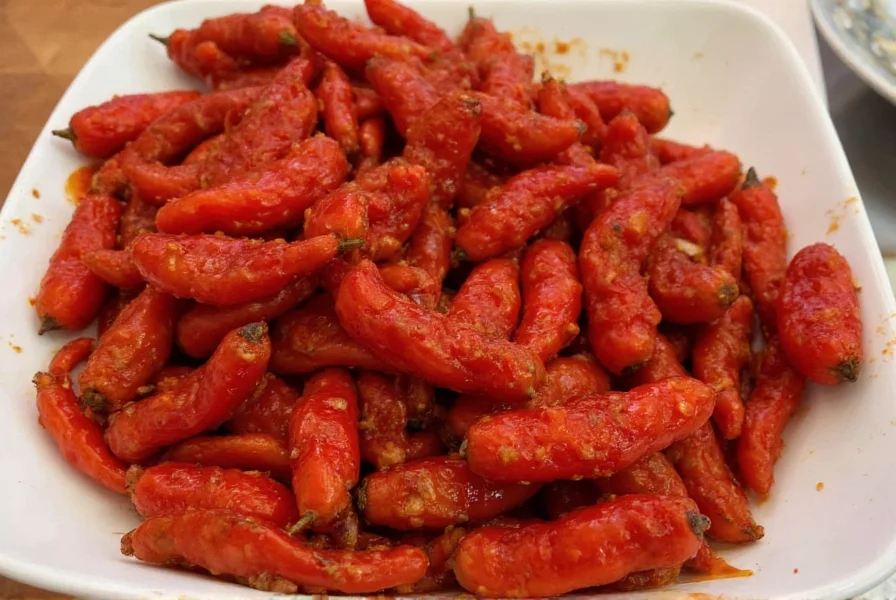

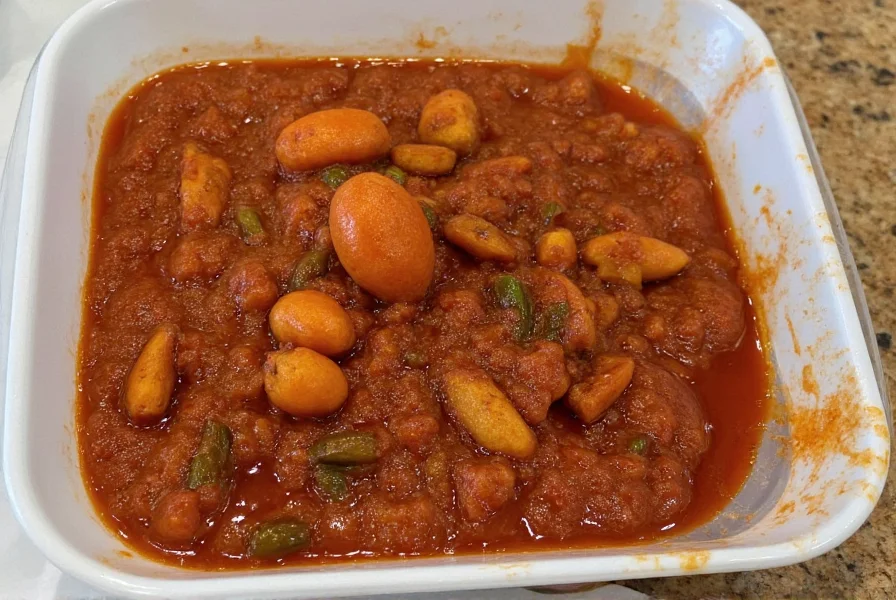









 浙公网安备
33010002000092号
浙公网安备
33010002000092号 浙B2-20120091-4
浙B2-20120091-4